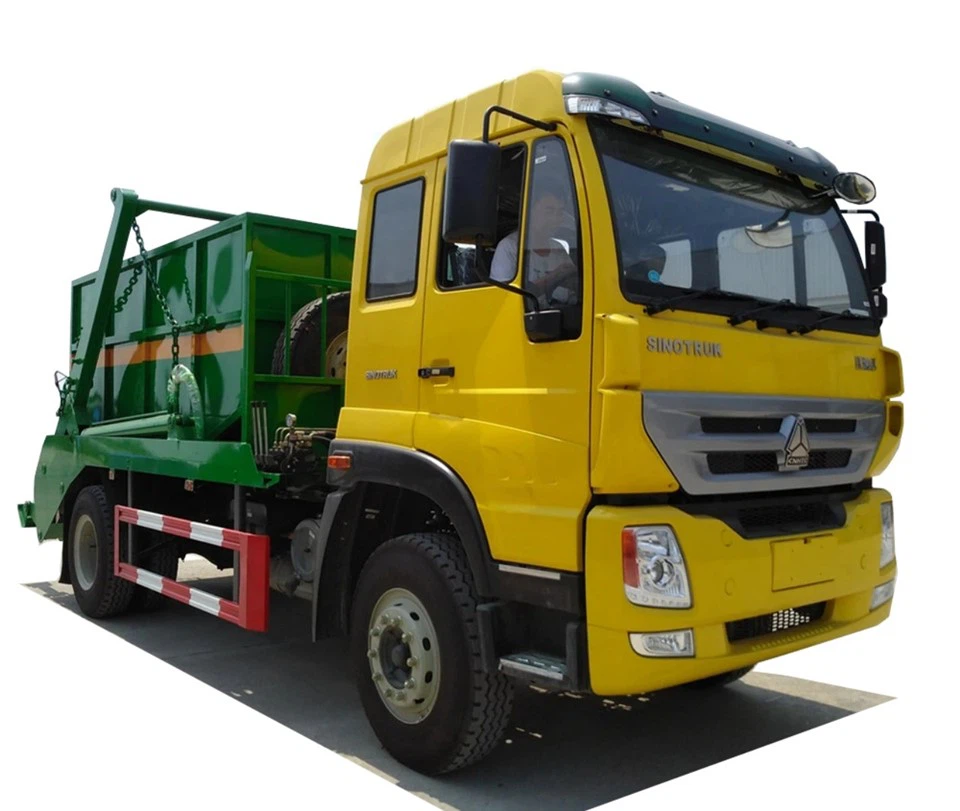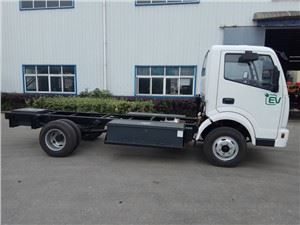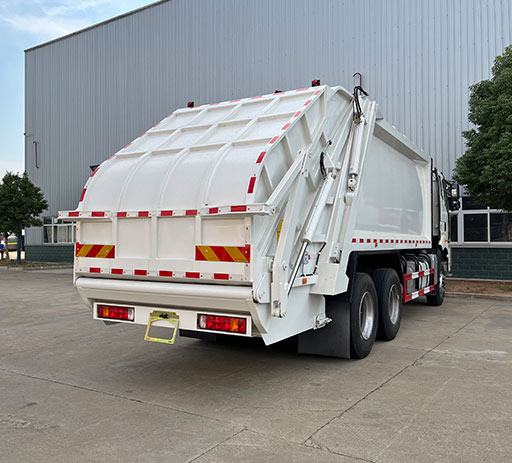Tanker Vacuum: Comprehensive Guide to Understanding and Utilizing Vacuum Tankers

Introduction
Vacuum tankers are essential vehicles designed to efficiently collect, transport, and dispose of various liquids and sludges. Their versatility makes them indispensable in numerous industries, including waste management, construction, and environmental services. In this article, we will explore the intricate details of tanker vacuums, including their components, operations, benefits, maintenance tips, and their applications in different sectors. This extensive guide aims to provide you with all the information you need to understand and effectively utilize tanker vacuum systems.
What is a Tanker Vacuum?
A tanker vacuum, also known as a vacuum tanker or vacuum truck, is a specialized vehicle equipped with a vacuum pump and a storage tank. It is primarily used to suck in liquids and semi-liquids, such as sewage, industrial waste, and hazardous materials, for safe transportation and disposal. The key feature of these trucks is their vacuum system, which creates a negative pressure that pulls the liquids into the tank without the need for gravity.
Key Components of a Tanker Vacuum
| Component | Description |
|---|---|
| Vacuum Pump | Creates suction to draw in liquids or sludges. |
| Storage Tank | Holds the collected waste, available in various capacities. |
| Hoses and Fittings | Transfer fluids from the source into the tank. |
| Control Panel | Allows the operator to manage the vacuum system. |
| Discharge Valve | Facilitates the controlled release of collected material when needed. |
| Truck Chassis | The base vehicle that carries all components and provides mobility. |
How Tanker Vacuums Work
The operation of a tanker vacuum revolves around the principles of vacuum creation. Here’s a step-by-step breakdown of how a typical vacuum tanker functions:
Step-by-Step Operation
- Preparation: Before use, the operator checks the vacuum system, ensuring all components are in working condition.
- Positioning: The tanker is parked near the waste source, ensuring easy access for the suction hose.
- Suction: The operator connects the hose to the waste source and activates the vacuum pump, creating suction that pulls the liquid into the storage tank.
- Monitoring: Throughout the suction process, the operator monitors the tank’s fill level using built-in gauges.
- Disposal: Once the tank reaches capacity or the waste is collected, the operator transports it to a disposal site and uses the discharge valve to release the contents in a safe manner.
Types of Tanker Vacuums
There are several types of tanker vacuums, each tailored for specific applications:
1. Standard Vacuum Tankers
These are the most common type, used for sewage and non-hazardous liquid waste collection.
2. Liquid Waste Vacuum Trucks
Designed to handle industrial liquid waste, including oils and chemicals, these trucks come with enhanced safety features.
3. Sludge Vacuum Tankers
These features larger tanks and powerful pumps specifically for collecting thick sludges from treatment plants.
4. Hazardous Material Vacuum Trucks
These are equipped with safety measures to transport hazardous waste while complying with regulations.
Applications of Tanker Vacuums
Tanker vacuums find utility in a variety of sectors due to their adaptability:
1. Waste Management
They play a crucial role in municipal waste management systems by collecting sewage and wastewater.
2. Construction and Excavation
Used for removing excess water, mud, and sludges from construction sites or trenches.
3. Environmental Cleanup
Essential for the removal of contaminated soil and water in environmental remediation efforts.
4. Industrial Applications
Used in factories and plants to manage liquid waste generated during production processes.
Benefits of Using Vacuum Tankers
Utilizing tanker vacuums comes with various advantages:
1. Efficiency
They can quickly and effectively collect large volumes of liquid waste compared to manual methods.
2. Safety
They reduce the risk of spills and exposure to hazardous materials during the collection and transportation of waste.
3. Flexibility
Tanker vacuums can be used in various environments and applications, making them versatile tools for waste management.
4. Environmental Compliance
Using vacuum tankers aids in maintaining compliance with local and national environmental regulations by ensuring proper waste disposal.
Maintenance Tips for Tanker Vacuums
Regular maintenance is crucial for the longevity and effectiveness of vacuum tankers. Here are some tips:
1. Daily Inspections
Operators should inspect hoses, pumps, and tanks for any signs of wear or damage before use.
2. Regular Cleaning
Post-use cleaning of the storage tank and hoses prevents residue buildup and contamination.
3. Pump Maintenance
Follow the manufacturer’s recommendations for servicing the vacuum pump regularly, including oil changes and filter replacements.

4. Training for Operators
Ensure that all operators are well-trained in the operation and safety procedures related to vacuum tankers.
Cost Considerations for Tanker Vacuums
Investing in a tanker vacuum involves several cost factors:
1. Initial Purchase Price

The cost of a new vacuum tanker can range significantly based on size, type, and features.
2. Operating Costs
These include fuel, maintenance, and labor costs associated with operating the tanker.
3. Insurance and Regulatory Compliance
Factor in costs for liability insurance and compliance with environmental regulations.

Regulations Surrounding Tanker Vacuums
Various regulations must be adhered to when operating tanker vacuums:
1. Environmental Regulations
Ensure compliance with local and national laws governing hazardous waste management and transportation.
2. Safety Standards
Operators must follow Occupational Safety and Health Administration (OSHA) guidelines to protect workers during operation.
3. Licensing and Certifications
Check state and local requirements for the appropriate licenses and certifications for operators and vehicles.
Conclusion
Understanding tanker vacuums is essential for effective waste management in various industries. From their components to their operation, application, and maintenance, having comprehensive knowledge enables companies to utilize these vital vehicles efficiently and safely.
FAQ Section
1. What materials can a tanker vacuum collect?
Tanker vacuums are designed to collect a range of materials, including sewage, industrial waste, sludge, and hazardous liquids, depending on the type of tanker.
2. How often should a tanker vacuum be maintained?
Daily inspections are recommended, while comprehensive maintenance should be performed according to the manufacturer’s schedule, typically every few months or as needed.
3. Is operator training necessary for using a tanker vacuum?
Yes, proper training is essential to ensure the safe and effective operation of tanker vacuums and compliance with safety regulations.
4. Can vacuum tankers be used in residential areas?
Yes, vacuum tankers can be used in residential areas for septic tank cleaning and sewage removal, provided they follow local regulations.
5. How do I determine the right size vacuum tanker for my needs?
Consider the types of material you need to collect, the volume of waste generated, and the mobility of the tanker in your working environment.
6. What are some signs my tanker vacuum needs repair?
Indicators include unusual noises from the pump, reduced suction power, leaks, or warning lights on the control panel.
